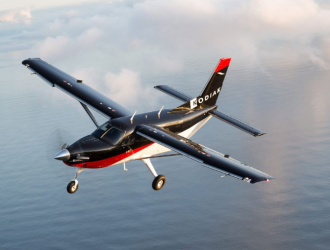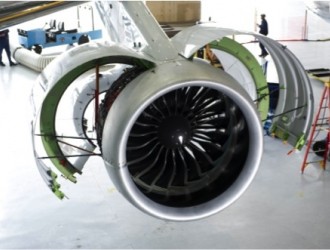A drone weighing as little as a steam iron could almost certainly kill an innocent bystander while one as small as a can of soup may offer only a 50/50 chance of survival, writes Aimée Turner.
The findings, released by experts at the European Aviation Safety Agency (EASA) who borrowed a tool commonly used by medical doctors to classify road traffic trauma, could lead to future controls placed on amateur drone enthusiasts.
EASA is now recommending that four sub-categories should be established within its ‘open’ class that groups ‘low risk’ drones with a maximum take-off mass of below 25 kg. No authorisation would be required to operate these drones in unrestricted zones and children as young as 14 would be permitted to operate them.
But a drone weighing far less than the maximum 25 kg – dropping out of the sky from its maximum permitted operating height of 400ft – could prove lethal if EASA’s assessment of the significant role that kinetic energy plays in injury level is anything to go by.
EASA said the 25 kg limit for the open category was chosen because it commonly allows model aircraft to fly without regulatory design approval and is applied throughout Europe and by the FAA, ANAC in Brazil and Transport Canada.
“Of course with such a maximum take-off mass, there is a need to have subcategories in order to have rules proportionate to the risk,” warns EASA which has recommended sub categories ranging from an ‘A0’ threshold of 250 g and a maximum speed of 15 m/s making injury unlikely.
For the largest open category drones, EASA said the safeguarding factor would be the necessary certificated competence required by the remote pilot including specific training to operate in that sub-category and the requirement to fly at minimum distances from the public.
The recommendations feature in a ‘prototype’ regulation which has built upon EASA’s operations-centric, proportionate, risk- and performance-based approach.
In an explanatory note providing some background to the proposed rule and which serves as a consultative tool at this stage, EASA notes that apart from the danger to an airborne aircraft, the greatest risk that a drone poses is to people on the ground. The agency therefore decided to explore the relationship between the kinds of drone in use today and the extent of injury they could cause.
The tool which the Cologne-based agency has adopted is called the Abbreviated Injury Scale and is an anatomical-based coding system created by the Association for the Advancement of Automotive Medicine to classify the severity of injuries. It grades injuries according to six levels, ranging from minor (0) to fatal (6). Recent research indicates that multi-rotor drones – which dominate the off-the-shelf marketplace – have around 48.3 Joules of terminal kinetic energy for every 250g of mass.

So assuming that the maximum kinetic energy is transferred on impact – never the case in reality, however – a 250g drone hitting a person will carry a 1 per cent probability of fatality – depending on what part of the body the drone hits as well as its direction of travel, while a 600g drone will carry a 50 per cent probability and a 1.4kg, a 90 per cent or higher probability.
Kinetic energy has been examined by EASA both in terms of magnitude and on a per unit area basis. While the energy level per unit area is not perfect in assessing overall damage, it provides some use. EASA here hopes that consensus standards will determine drone design to keep protruding parts to a minimum or at least protected which could help capture a drone’s energy level.
While recent studies put the transfer of kinetic energy at 60 per cent – which EASA suspects may be still too high – the agency said energy absorbing materials and careful design could reduce the kinetic energy transfer of, say, a 1 kg drone to less than 90 Joules, allowing it to be classified as a lower category. EASA added that attention will also need to be paid to the characteristics of payload, batteries and their frangibility on impact. EASA’s Annual Safety Review 2016 identified 584 occurrences of all severity levels.





